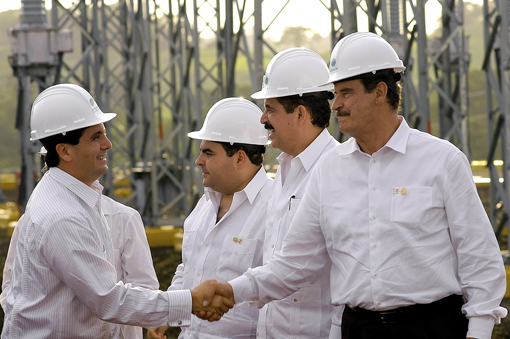The integration of Central America’s fragmented electricity market has always seemed a no-brainer—at least to outsiders. A seamless grid for delivery of electricity would not only make regional power generation projects affordable, but would also reduce costs to consumers and governments alike, as well as strengthen energy security at the national level.
The foundations for a robust regional electricity market were, in fact, laid by a regional treaty in 1996, establishing the Sistema de Interconexión Eléctrica de los Países de América Central (Central American Electrical Interconnection System—SIEPAC), which aimed to knit together the electrical grids from all six countries.
But the original target completion date of 2008 was not met. Although several key pieces of the regional market are under development, the plan has fallen victim to regulatory bottlenecks and the shifting political priorities of individual governments. The unfortunate result: Central America’s electricity markets remain mostly within national boundaries.
The central obstacle to moving from blueprint to reality is the lack of political will at the highest levels to address the complex challenges required to complete the regulatory interfaces among the six countries’ systems. And that, in turn, requires each of the governments to think beyond the short-term costs of such a project and contemplate the long-term regional benefits.
That won’t be easy. Bridging the diverse markets will require more than just presidential attention. One of the fundamental challenges is setting up a regional market and regulatory system in which political intervention assists rather than impedes integration. Moreover, the framework must foster constructive political participation to facilitate and demonstrate long-term benefits for the region’s electric system and, in turn, its consumers.
Despite such formidable obstacles, there’s reason to be optimistic…



